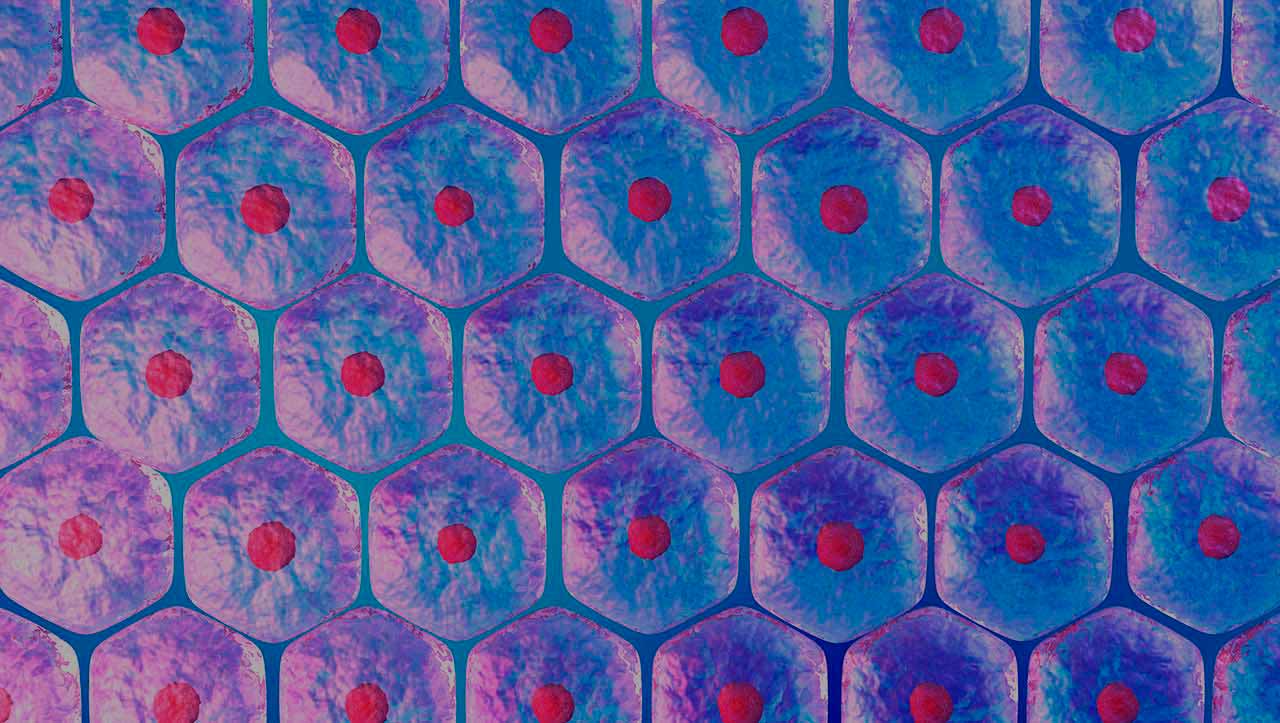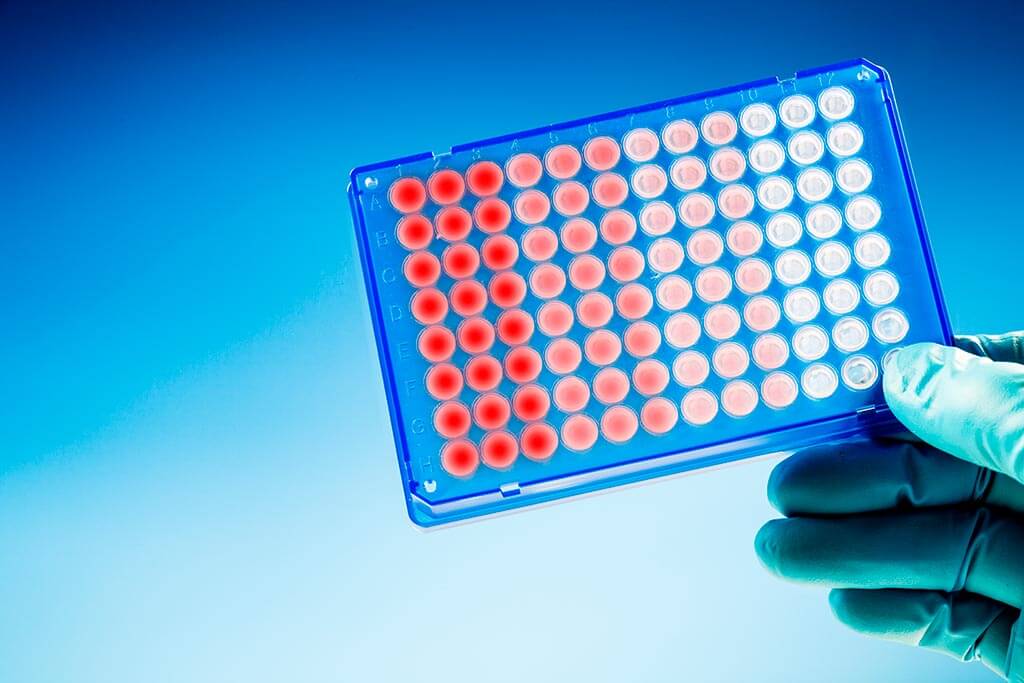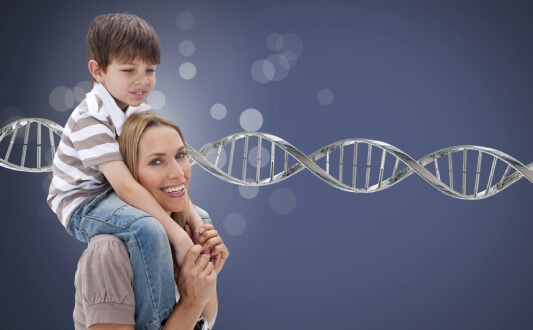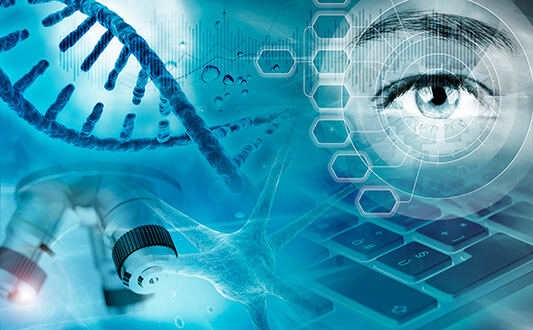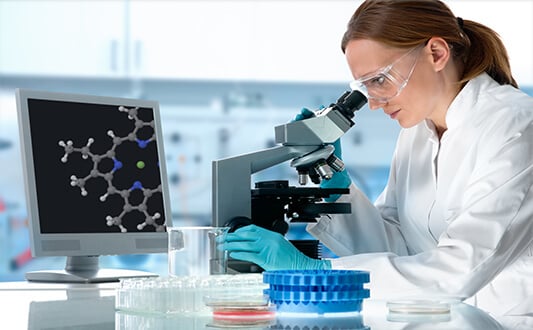Stem cells represent undifferentiated structures. Stem cells form more mature cells of different tissues in the process of growing. This depends on which biologically active compounds (growth factors) influence them, as well as on the presence of other organs and the number of tissues. These features of stem cells make stem cell therapy a viable treatment solution in healthcare. The most widespread use of stem cells has been in transplantology.
Content
- Features of Stem Cells
- Stem Cell Types
- Key Directions of Stem Cell Usage
- Hospitals Where You Can Undergo Stem Cell Treatment Courses
- Arrangement of Treatment Abroad
Features of Stem Cells
Due to the fact that stem cells are undifferentiated structures, they have a number of specific properties, which include:
- Pluripotency is a key feature of these cells, thanks to which, they are widely used in medical practice. Such a feature determines the possibility of stem cells’ differentiation into basically any tissue, depending on the environment.
- Unlimited proliferation means that stem cells have the ability to divide, without ripening, when they are fed an artificial nutrient medium. This makes it possible to increase their number in laboratory conditions.
- The long life span of these cells means that they can maintain their viability for a long time.
All these stem cell properties make it possible to actively apply them in transplantology, to obtain tissues to be transplanted.
Stem Cell Types
There are several types of stem cells and their classification depends on the place they have been taken from and the stage of their maturity:
- Embryonic cells - are taken from the embryo before it is implanted into the uterine mucosa. They are the least mature, so they can develop in any tissue of the human body.
- Fetal cells - are found in the fetus, they are obtained after an abortion is performed for medical reasons or from umbilical cord blood. They have less potency, so they cannot differentiate into all tissues.
- Postnatal cells - these structures are in the human body after birth. Depending on their location, hemopoietic (giving rise to blood cells), stromal (precursors of connective tissue), and tissue-specific (possessing the lowest potency and are found in virtually all tissues of the human body) are distinguished.
Different types of stem cells can be used in transplantology, depending on the tissues or organ that require transplantation.
Key Directions of Stem Cell Usage
The main purpose of using stem cells in various fields of medicine is as a replacement of damaged tissues (transplantation), which includes several methods:
- Transplantation of red bone marrow;
- matrix-induced chondrogenesis for restoring the cartilage of the articular surface;
- growth of the retina for implantation in ophthalmology;
- restoring nerves;
- vascular transplantation;
- obtaining the structures of the bronchopulmonary system on a special matrix, followed by implantation.
The directions of transplantations of "grown up" parts of the kidneys and other organs of the urinary system, as well as of the internal secretion glands, are promising.
Stem cells transplantation. The use of stem cells is one of the most effective techniques of leukemia, and some other hematopoiesis system diseases, treatment. Hematopoietic cells are used for this. An accumulation (cultivation) is carried out in the laboratory after they are taken from the donor. Then, they are introduced into the red bone marrow. At the same time, the main therapeutic effect is achieved - the normalization of the formation and ripening of cells of all germs of hematopoiesis.
Matrix-induced chondrogenesis. Medical specialists in the field of orthopedics and traumatology often face pathological conditions characterized by degeneration (destruction) of cartilage components against the background of their impaired nutrition or prolonged inflammatory process. Restoration of cartilaginous tissue using conventional methods of conservative therapy is impossible. Therefore, the only possibility to restore it is implantation. Stem cells are introduced into a special matrix, which is an intercellular substance of cartilaginous tissue, with the help of modern technologies. Full chondrocytes (the main cells of the cartilaginous tissue) are formed there. Then, the "grown" cartilaginous tissue is implanted into the joint.
Retina “growing”. The retina is a complex structure that will not recover after traumatic injuries or a pathological process. The only way a patient can return their vision to normal, is to transplant this structure. "Growth" of mature cells of the retina is performed on a special matrix with the help of modern technologies, followed by its implantation.
Vessel transplantation. Modern technologies for the application of stem cells in medicine include the "growing" of an arterial vessel site, followed by its implantation. Predominantly, this technology is used to "replace" arteries affected by atherosclerosis: in the heart, the brain, and other organs.
The methods of using embryonic stem cells for "growing" the structures of the bronchopulmonary, urinary, and endocrine systems are also becoming a reality. The main advantage of these technologies is that embryonic cells on the surface do not contain tissue compatibility antigens, therefore, the tissues obtained from them after implantation are not rejected by the patient's body.
STEM CELL TREATMENT of Optic Nerve Atrophy
Hospitals Where You Can Undergo Stem Cell Treatment Courses
These latest discoveries of cell therapy are not used in most developing countries. Therefore, patients have to travel abroad to obtain high-tech medical care. Germany has become one of the popular destinations for medical tourism. Stem cells for the treatment of various pathologies have been successfully used here for a long time already.
Here are some clinics where cell therapy is applied:
- University Hospital Ulm. There is a Department of Hematology, Oncology, and Palliative Care in this hospital. Transplantation of both autologous (own) and allogeneic (donor) stem cells is carried out here. Healthcare professionals successfully treat leukemia, aplastic, and myelodysplastic syndromes with this technique.
- Orthopedic Center Munich East. Stem cell therapy is used here to restore cartilage. New cartilage is grown from stem cells and transplanted to the patient. This is one of the most effective minimally invasive methods for the treatment of arthrosis. It allows you to postpone or avoid arthroplasty (installation of an artificial joint).
- Clinic of Advanced Biological Medicine Frankfurt-am-Main. Integrative medicine techniques are practiced here, and stem cells are used to treat many chronic conditions: multiple sclerosis, cardiomyopathies, Alzheimer's disease, Parkinson's disease, Lyme disease, optic nerve atrophy, diabetes mellitus and its complications, autism, immunodeficiency states and other pathologies.
Arrangement of Treatment Abroad
If you are looking for a suitable clinic where innovative methods of treatment for various diseases are applied, including stem cell therapy, you can use the help of the Booking Health specialists. All you need to do is apply. We will recommend the best curative program abroad for you within 24 hours of you contacting us. After that, our medical consultant will contact you to clarify your request and initiate the coordination of the clinic for your treatment.
If you use the services of Booking Health for the organization of your treatment abroad, this will allow you to:
- save up to 70% on the cost of your treatment program;
- obtain insurance that covers all the unplanned costs for medical services (for example, in case of complications, the need for additional diagnostic procedures, etc.);
- use other services (written and oral translation, communication with the administration of the clinic, and assistance in obtaining a visa).
Send a request for our medical specialist to contact you within the next few hours.
Choose treatment abroad and you will for sure get the best results!
Authors:
This article was edited by medical experts, board-certified doctors Dr. Nadezhda Ivanisova, and Dr. Bohdan Mykhalniuk. For the treatment of the conditions referred to in the article, you must consult a doctor; the information in the article is not intended for self-medication!
Our editorial policy, which details our commitment to accuracy and transparency, is available here. Click this link to review our policies.
Sources:
Read:
Stem cell treatment in Germany
Don't know where to start?
Contact Booking Health